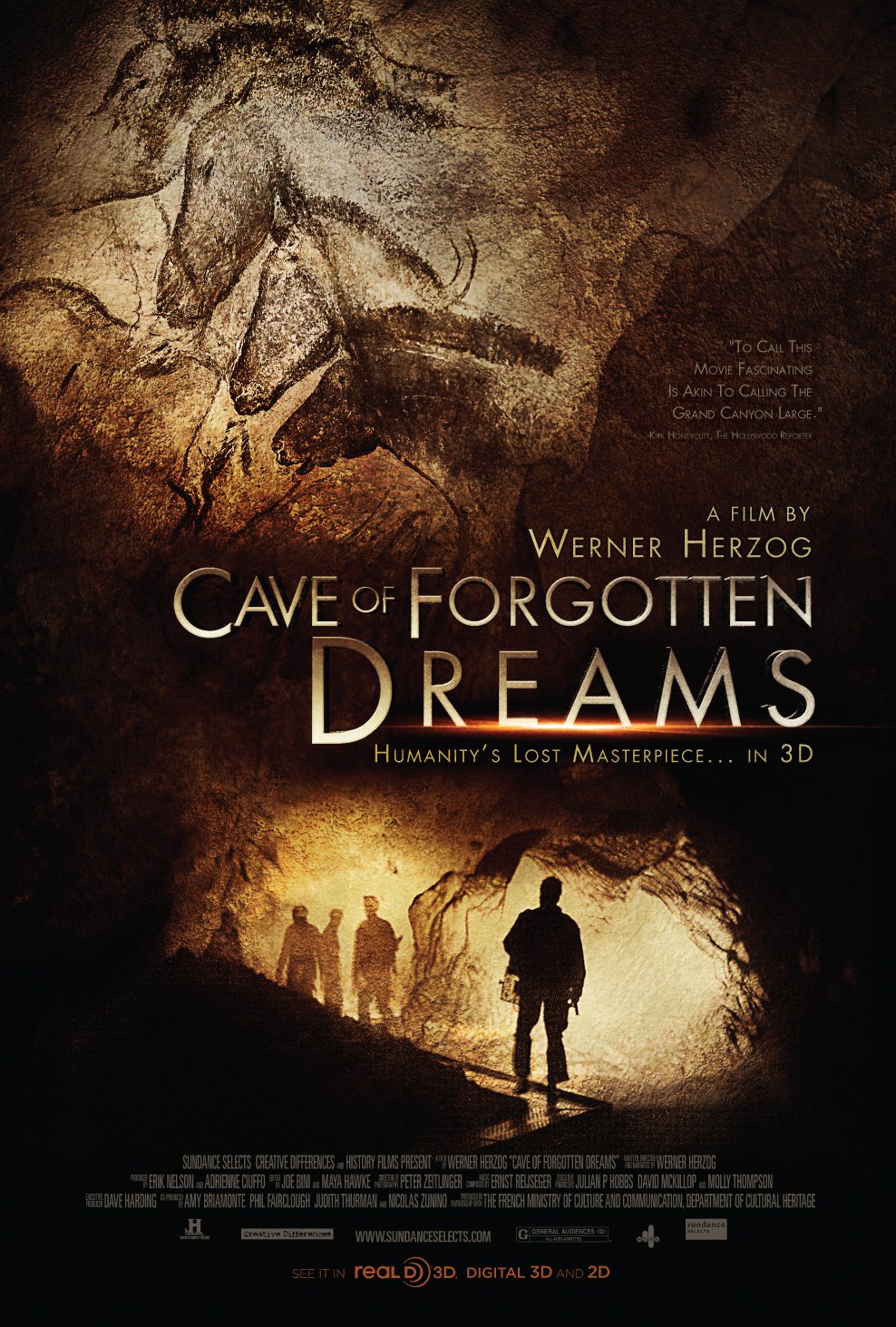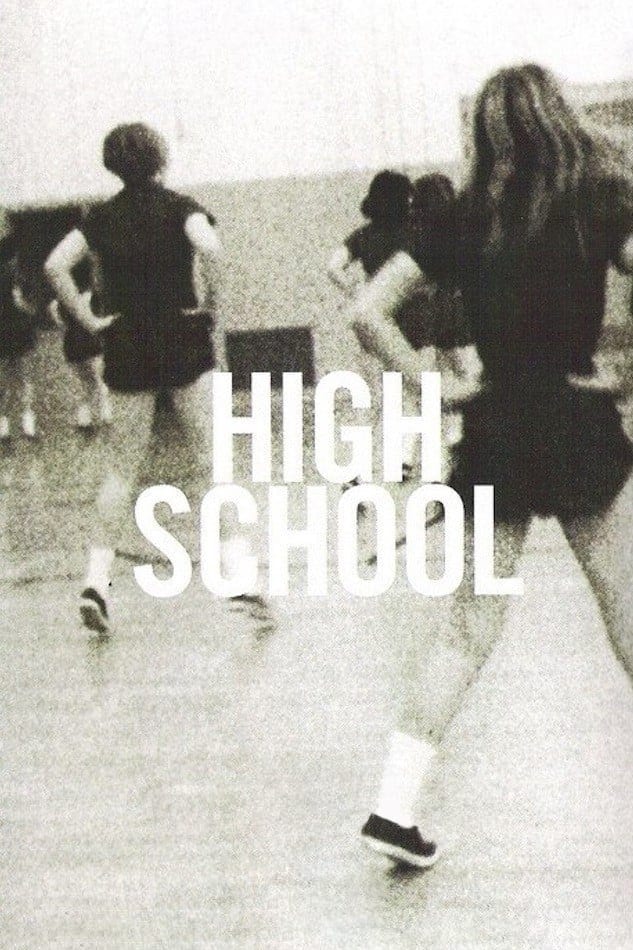
It's the Letterboxd Season Challenge! Theme ten, part three - a cinéma vérité film!
(Chosen by John!)
Let's not make the whole, "Well this film isn't good, proper, Christian cinéma vérité in the true sense, but the list said it was and we stick to our picks," thing a little postscript at the end. Let's address the matter right up front: director Werner Herzog is not one to embrace the theory of observational cinema. When he's crafting fiction, he is determined to leave his thumbprint on the work prominently as possible with his often unsafe working practices and method of handling actors; when helming a documentary, his unique, strangely compelling voice is perpetually at the forefront, and we are given constant reminders of how there is a camera, and lights, and a crew, and the person of Werner Herzog involved in every stage of production. He will not vanish into the background like a fly on a wall, and indeed noted his belief that a director should instead serve as a hornet constantly attacking their subject in an interview chronicled by the New York Times around Cave of Forgotten Dreams' American release. We have, to all appearances, chosen a film whose contents scantly reflect the tradition of an invisible camera and subjects captured in perfectly natural surroundings. As he notes, by virtue of the Chauvet cave paintings' depth within their cavernous home both upon initial creation and after a rockslide buried the initial entrance from view, one cannot appreciate them without artificial light, be it from a torch or stage light. Herzog and his crew at first cannot stand in this space without accompaniment from researchers well-versed in the safety protocols and history behind the cave, and because they are along for the ride, we are going to hear more than plenty from them throughout the film, their words addressed directly to Herzog and the camera. Peppered throughout we find many vignettes showing the work towards digitally mapping every inch of the cave, inspecting reproduced artifacts from nearby sites in a museum, talking of ancient hunting practices and music and sniffing for cave scents. Cave of Forgotten Dreams is anything but cinéma vérité, moreso than High School owing to Wiseman's disdain for the term, or Man with a Movie Camera due to Vertov predating the very idea.
And yet, for all this, Herzog does employ techniques we might call purely observational. At a few key points throughout and most prominently for the climax, he ceases his speech, banishes all persons from the frame, and chooses to only film the paintings in all their preserved beauty. It is of course impossible to say there's NO intended influence from the director or crew in these passages - he places so much emphasis on the importance of light in making the animals on the walls dance and move in a proto-cinema earlier in the film, it's impossible to ignore how his own lights shift across the rockface - but by comparison there is no guiding hand musing about the nature of those who came here before, no expert detailing why certain images are so fascinating. When we come down to the matter, it is simply us, the painted animals, and the temporal distance collapsed to zero. One expects this in a documentary cave paintings, naturally. If you're gonna take a camera into a fragile location sealed off to all save a handful of experts, you'll eventually stop talking and show what you've found to show. Why make note of Herzog staying quite when anyone with even the tiniest awareness of how incredible it is to find a direct link to a moment and people 32,000 years past would keep their trap shut?
I do so because I think, despite Herzog's disdain for observational cinema and his tendency to make knowing Werner Herzog is behind all this a top priority, his limited use of observational techniques here is more effective for their sharing time with his usual methods than they would as a total work in themselves. Pan the camera across the walls, let us appreciate the paleolithic artwork, and it is all awe-inspiring, yes, but the context is so much more. The paintings become more incredible when someone who knows what's up explains how we can trace the journey of one particular painter through the tunnels thanks to his crooked little finger, when we are given cause to deliberately contemplate the fragility of the calcite structures, when someone explains the limitations that prevent us from getting a full look at an angularly protruding stalactite with a union of woman and bull painted round its circumference. To follow the archaeologists and art historians and geologists and even the strange perfumer fellow who's determined to find new caves by identifying their musk and following his nose is to gain necessary knowledge, place a specific idea behind WHY we find these images of hunts and wilds long extinct so compelling. Equipped with this understanding, when we are finally left alone like Herzog and his crew in the furthest confines of the cave, with only these ancient paintings before our eyes, we are able to draw on that which we now know, consider them more fully, and feel our unnamed hypnotic compulsion to look and drink and be one with our ancestors coalesce into an informed sense of commonality. For my part, knowing more about how they took advantage of the texture and contours of the cave walls sharpened my appreciation for how their tableaux takes on the appearance of a plain observed from a high place, certain features tangibly in the distance, others obscured by foliage and rock formations and the like. It became a true window into another time, thanks to my learning how and possibly why it was made this way.
My regular readers will note I constantly harp about purity of form when it comes to movies, dolling out greater praise for works that achieve in one particular manner to a sharpened peak. While my aesthetic preferences will typically swing this way, it's important to note the equal strength found in a marriage between disciplines. The tradition behind cinéma vérité, when coupled with a more usual form of heavy-handed, carefully guided documentation, can reveal untold truths about the subject when we finally do back off and look with nothing more than mechanical eyes. With regards to the Chauvet cave and the paintings within, I wonder whether a more adamantly observational director, interested only in filming the walls, could have captured the same sense of compressed time Herzog manages here? Learning as we do before our time with light against ancient paint and older stone grants the paintings a stronger sense of humanity, some more visible image of an early homo sapien crouched before their work, bringing it to life before our eyes as we puzzle out their thought processes, their intents, their dreams. Would the cave speak so legible a tongue if presented on its own, or do we truly need all Herzog includes as a Rosetta stone? Furthermore, could this explain why Herzog chooses to focus on the albino crocodiles in a nuclear power plant-dependent jungle enclosure several miles away? After all, the crocodillians will not have any guides or experts to inform them about what the paintings could mean or why their creators chose to draw them, anymore than the tourists in Lascaux would in the days those paintings were open to a mold-breeding public. In an artistic, anthropomorthized sense, when they see what we see, free from intellectual guidance, will they too dream of the horse on the open plain?
Do Crocodiles Dream of Wild Horses is the name of my new album, look for it on store shelves.

